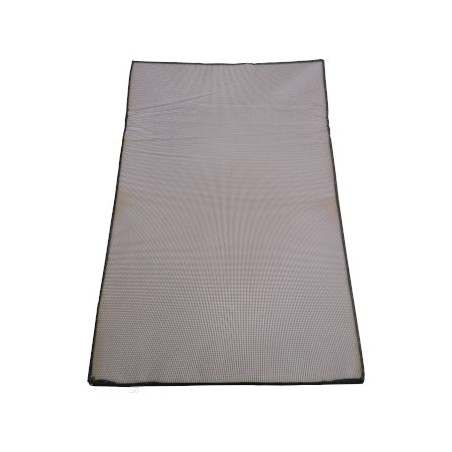Trends toward great consolidation and integration continued in 2018, which resulted in a 20- percent decrease in the total number of hog farms from 2017 to 6,500. This trend increased the average number of animals per farm to 100.7 head, versus 73.2 head per farm in 2017. Today, commercial hog production is dominated by 65 larger, vertically integrated operations that have continued to invest in on-farm improvements.
The number of sow farms declined by 17.8 percent, while the total sow inventory increased by 12.6 percent. The average number of sows per a farm increased from of 49.7 head to 73.6 head, with 98 percent raised on farms with more than 10 sows. All types of sow farms, except for small backyard holders (1-9 sows), saw double-digit inventory growth in 2018.
In 2018, hog slaughter and pork production increased by 9.1 percent and 9.5 percent, respectively, over 2017. Hog production at commercial farms grew by 12.9 percent, while backyard hog slaughter saw a sharp 42.1-percent decrease and of 55.9-percent decrease in pork production. Currently, Bulgaria has 79 small and medium-sized slaughterhouses, 71 of which slaughter hogs. 24 slaughterhouses are exclusively for hogs. In 2018, 98 percent of the total hog slaughter occurred at commercial slaughterhouses, with 98 percent of total pork production also from slaughterhouses, one percentage point higher than in 2017. The average carcass weight increased slightly to 67.7 kg/head, up from 66.8 kg/head in 2017. Backyard production dropped for another consecutive year and accounted for two percent of total pork, from five percent in 2017.
January-May 2019 data indicate commercial hog slaughter continued to increase by 9.1 percent, and pork production increased by 10.9 percent over the corresponding period in 2018. This changed dramatically in July 2019 with Bulgaria’s ASF outbreak. As of mid-August, ASF-related losses are estimated at about 150,000 pigs, roughly 23 percent of the total swine inventory. Industry statements indicate 30 percent losses in the commercial inventory. Also, many backyard farms were forced to conduct emergency slaughter due to new government ASF-mitigation measures.
Widespread backyard slaughter in mid-2019 and higher pork production during the first half of 2019 will likely lead to higher annual pork output. Although Bulgaria traditionally is a net pork importer, as stocks are consumed by the end of 2019 and in 2020, coupled with the ongoing production drop, Post expects that Bulgarian pork imports will increase considerably in 2020.

Monday September 9, 2019/ FAS-USDA/ United States.
https://gain.fas.usda.gov






